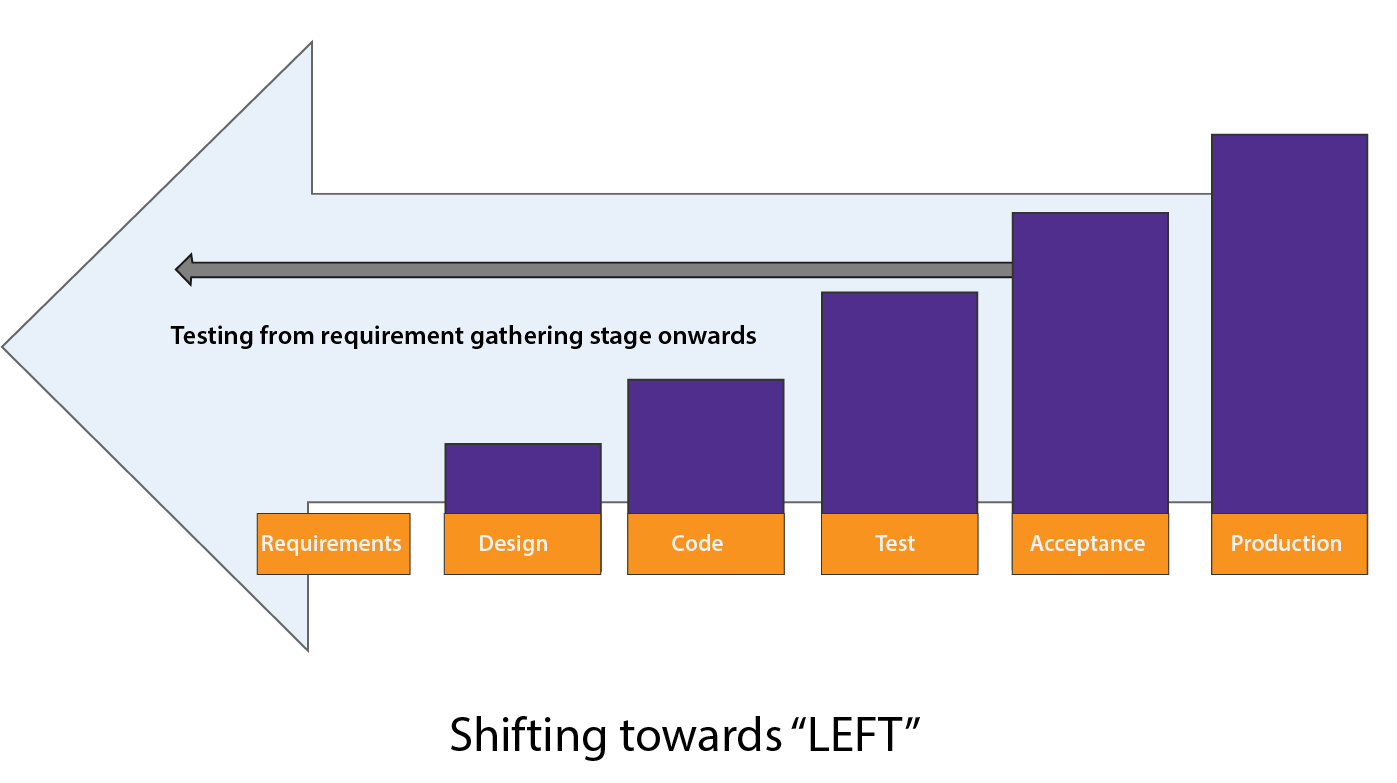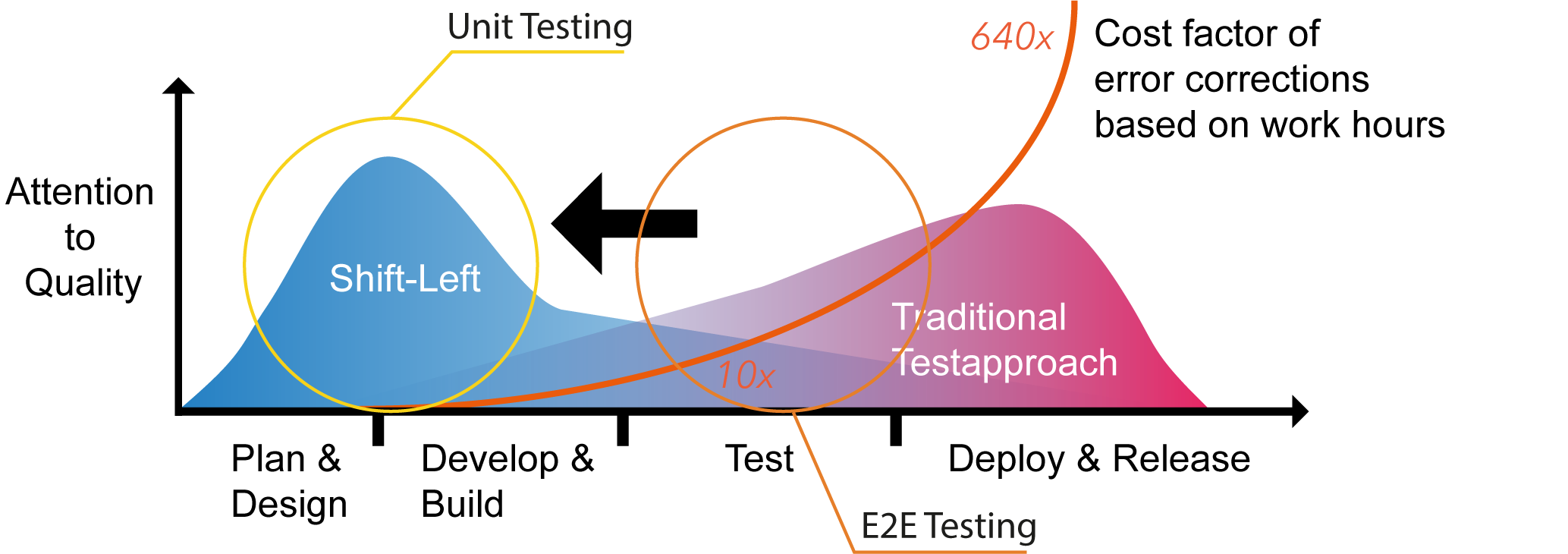

Obtaining the right mix of the three improvements can optimize the service desk operations, allowing organizations to identify and fix more IT issues faster - think MTTI and MTTR! - and proactively resolve the underlying problem root-cause to reduce the frequency of issues. And they’ll keep doing it.An effective revamp of IT Service Desk has to focus on three key areas of your IT Service Desk improvements: the technology, the culture and the framework for your ITSM workflows. With shift left, they can identify and even solve simple problems with the knowledge you provide. Empowered your end usersĬustomers love solving their own puzzles. Moreover, if customers solve more questions themselves, they’ll log fewer tickets with the service desk. This gives the entire service desk more time to work on more technically-challenging tasks. It increases efficiency and reduces the cost per call. Thanks to having knowledge directly at hand, first line support can solve questions more quickly and fewer calls are escalated. So, by shifting knowledge left, the IT department is adding some serious value. Speeding up resolution times will greatly improve the customer experience, and they’ll continue to contact your service desk.

Customers will receive more uniform answers to their questions – and more quickly. With BPKM, support staff feels more empowered and confident through their improved knowledge. This way, your knowledge base becomes a continuously updated hub for all your service desk’s knowledge.
#Shift left update#
Or you can update the knowledge item that was lacking information. Once you’ve asked an expert for help, and found the solution to the customer question, you can create a new knowledge item immediately.

Make sure you’ve updated the knowledge base to include all the latest information.

Now that you’re armed with new knowledge, you can solve the call. If the answer isn’t available, or if the answer is lacking, you’ll have to ask a colleague for help. Simply copy and paste the solution and close the ticket. Is the answer available? Then the customer is easily helped. When a customer contacts your service desk, you check the knowledge base for the answer. The BPKM process works as follows: Search the knowledge base A service desk employee can then use this knowledge to quickly solve calls without asking a team member for help. How does it work? The support department collects all their answers to customer questions in a knowledge base, neatly organized into targeted articles. It’s a type of ITIL for knowledge management.
#Shift left full#
Best practice knowledge management (BPKM), which is based on the Knowledge Centered Support approach, is all about utilizing a knowledge base to its full extent. But where do you start? The first thing your service department needs is a way to document and share knowledge.


 0 kommentar(er)
0 kommentar(er)
